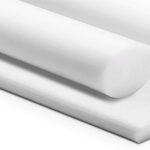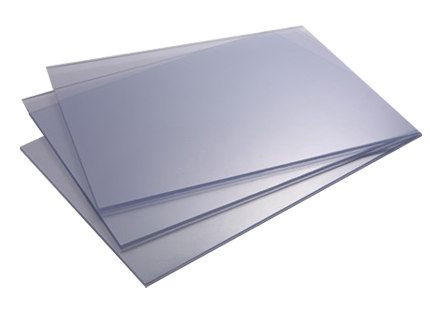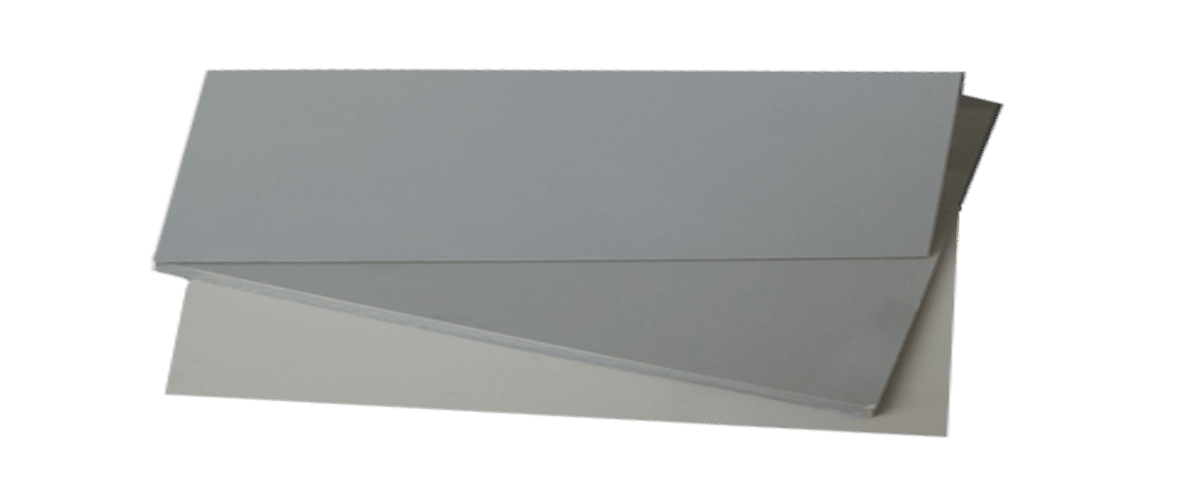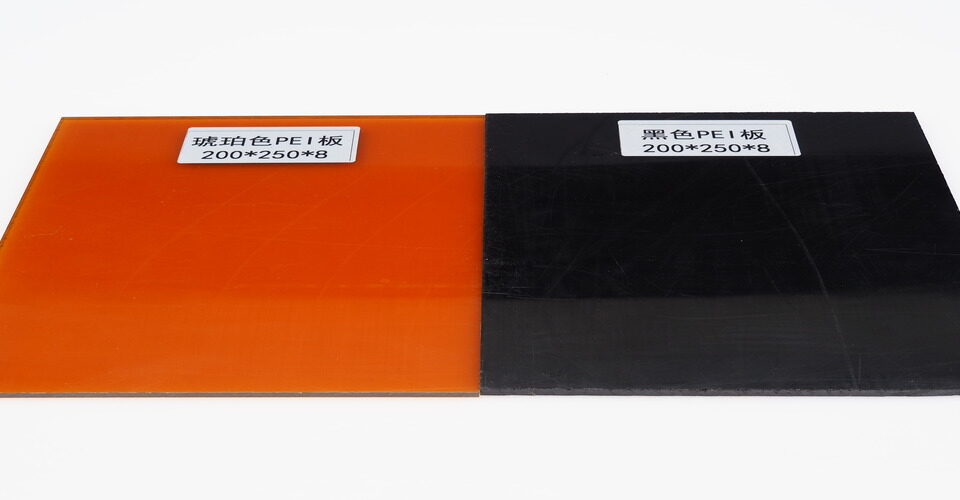
HDPE Plastic Sheets
October 22, 2024
Is PEEK Plastic Brittle?
October 24, 2024Introduction
PVC (Polyvinyl Chloride) and HDPE (High-Density Polyethylene) are two widely used thermoplastic materials in various industries. Each has unique properties and applications, making them suitable for different purposes.
PVC: Overview
PVC is a synthetic plastic polymer produced from the polymerization of vinyl chloride. It is known for its versatility, durability, and resistance to moisture. PVC can be rigid or flexible, allowing it to be used in a variety of applications, including pipes, flooring, and electrical insulation. Its affordability and ease of manufacturing contribute to its popularity

HDPE: Overview
HDPE, on the other hand, is made from the polymerization of ethylene and is characterized by its high strength-to-density ratio. It is more rigid than low-density polyethylene (LDPE) and offers excellent resistance to impact, chemicals, and UV light. Common applications of HDPE include containers, plastic bottles, and piping systems.
Key Differences
While both PVC and HDPE are used in construction and packaging, they have distinct properties. PVC is more rigid and often used in applications requiring structural integrity, while HDPE is favored for its flexibility and resistance to environmental stress. Additionally, HDPE is generally considered more environmentally friendly, as it is more easily recyclable than PVC.
Applications
Both materials are widely used in plumbing, construction, and consumer products. PVC is prevalent in window frames and flooring, whereas HDPE is often found in outdoor furniture and agricultural products.
Conclusion
In summary, PVC and HDPE are essential thermoplastics, each with unique properties and applications, making them vital in numerous industries.






